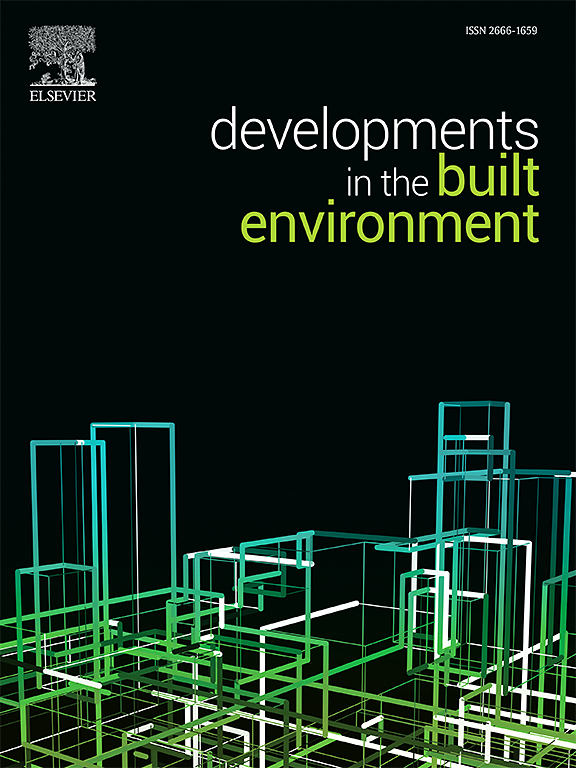民营住宅建设循环经济战略评价的决策支持模型
IF 6.2
2区 工程技术
Q1 CONSTRUCTION & BUILDING TECHNOLOGY
引用次数: 0
摘要
循环经济(CE)是缓解资源短缺和环境影响的一种有前景的方法。然而,由于缺乏有效评估和优先考虑CE战略的工具,在房地产市场实施CE是具有挑战性的。本研究运用QFD-TOPSIS方法,为住宅项目建立一个实用的决策支持模型,通过考虑技术难度、成本、经济效益、循环潜力和市场需求,促进对节能建筑策略的评估。案例研究结果表明,优先考虑具有高循环潜力、低成本和低技术难度的CE策略是成功实施的关键。敏感性分析进一步表明,增加的循环潜力有利于CE的实施。此外,未来在市场需求和技术进步方面存在着相当大的潜力。将这些原则融入建筑设计和建造中,可以创造一个更健康和更节约资源的建筑环境,从而实现建筑节能的价值。本文章由计算机程序翻译,如有差异,请以英文原文为准。
Decision support model for evaluating circular economy strategies in private residential construction
The circular economy (CE) presents a promising approach to mitigating resource scarcity and environmental impacts. However, implementing CE in the housing market is challenging due to the lack of tools for effectively evaluating and prioritizing CE strategies. This study utilizes a QFD-TOPSIS approach to develop a practical decision support model for a housing project, facilitating the evaluation of CE building strategies by considering technical difficulties, costs, economic benefits, circularity potential, and market demand. Case study results indicate that prioritizing CE strategies with high circularity potential, low cost, and low technical difficulty is crucial for successful implementation. Sensitivity analyses further demonstrate that increased circularity potential facilitates CE implementation. Furthermore, considerable potential exists for future improvements in market demand and technological advancement. Incorporating these principles into architectural design and construction can yield a healthier and more resource-efficient built environment, thereby realizing the value of CE in the construction industry.
求助全文
通过发布文献求助,成功后即可免费获取论文全文。
去求助
来源期刊

Developments in the Built Environment
Multiple-
CiteScore
7.40
自引率
1.20%
发文量
31
审稿时长
22 days
期刊介绍:
Developments in the Built Environment (DIBE) is a recently established peer-reviewed gold open access journal, ensuring that all accepted articles are permanently and freely accessible. Focused on civil engineering and the built environment, DIBE publishes original papers and short communications. Encompassing topics such as construction materials and building sustainability, the journal adopts a holistic approach with the aim of benefiting the community.
 求助内容:
求助内容: 应助结果提醒方式:
应助结果提醒方式:


